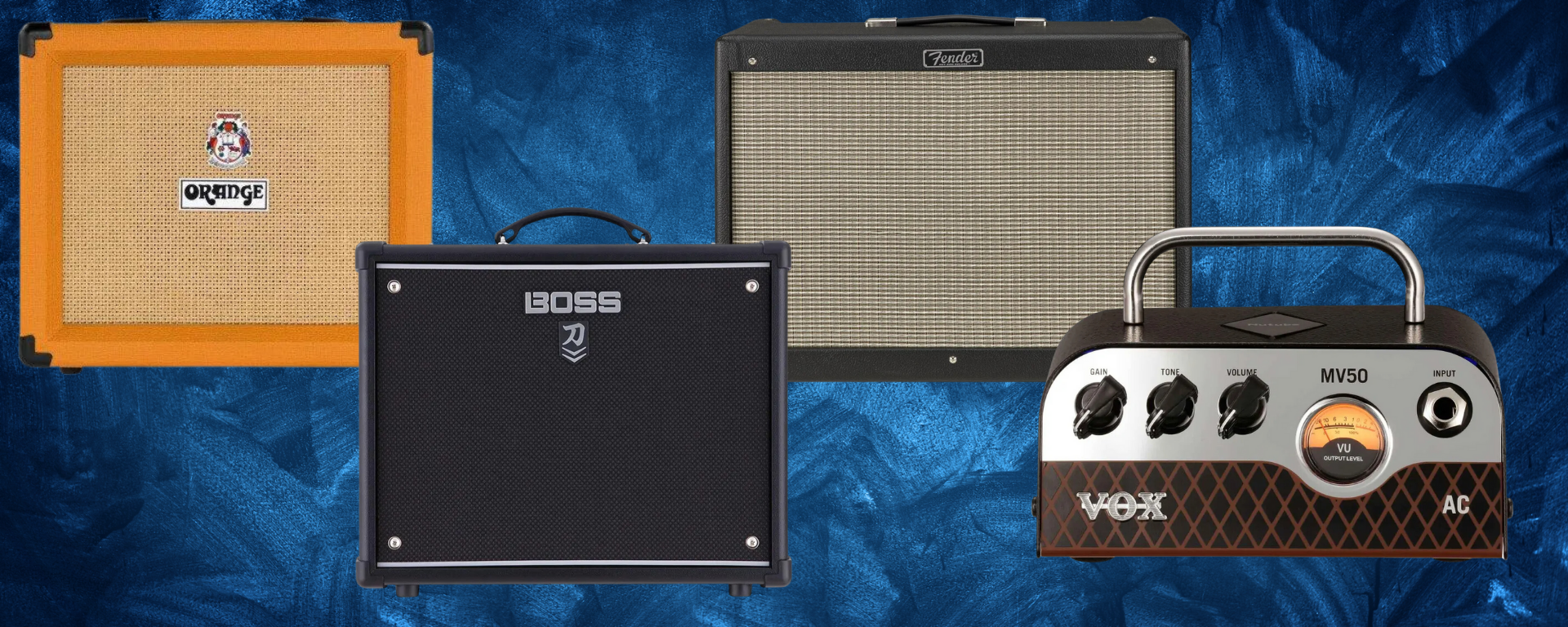What’s the real difference between headphones, earbuds, earphones, headsets? You’ve probably heard these terms thrown around in discussions about audio devices, but do you know how each one differs? Understanding the distinctions can help you make a more informed decision when purchasing your next audio accessory.
Headphones cover the ears with large cups, offering immersive sound, while earbuds sit inside the ear canal, providing portability and comfort. Earphones are smaller than headphones but rest in the outer ear, and headsets include a built-in microphone for communication. These variations are important when considering comfort, sound quality, and functionality.
Ready to dive deeper into the world of audio devices? Let’s explore the unique features, benefits, and best uses of each type. With expert insights, we’ll help you choose the right device tailored to your needs. Keep reading to unlock all the details!
Decoding Audio Jargon
When it comes to personal audio, the terms headphones, earbuds, earphones, and headsets often create confusion. Let’s clear up the noise and unpack these terms so you can find the perfect audio device for your needs.
Terminology That Powers Audio Discussions
- Headphones are devices that rest on your head and cover your ears with cushioned earcups. They come in two styles: over-ear and on-ear.
- Earbuds sit at the entrance of your ear canal but don’t enter it. They’re small and portable.
- Earphones, also known as in-ear headphones, fit inside your ear canal. They often provide better noise isolation.
- Headsets are like headphones but include a built-in microphone. They are ideal for communication and gaming.
Common Misunderstandings In Audio Terms
| Term | Common Misunderstanding | Clarification |
|---|---|---|
| Earphones | Same as earbuds | Earphones fit inside your ear; earbuds rest outside. |
| Headphones | Always big and bulky | Headphones can be compact and foldable too. |
| Headsets | Only for gaming | Headsets are for communication, music, and gaming. |
| Earbuds | Have poor sound | Some earbuds offer high-quality audio and features. |
Sound Quality Dissected
When you dive into the world of audio devices, sound quality becomes a fascinating topic. Different gadgets offer unique acoustic experiences. Headphones, earbuds, earphones, and headsets each bring their flavor to your music, podcasts, or calls.
But what makes their sound quality distinct? Let’s dissect the details and understand the essence of great sound across these devices.
Evaluating Good Vs. Great Sound
Aspiring for high-quality audio is effortless, discerning it is an art. Good sound fills the basic expectations – clear, intelligible, and without distortion.
Great sound, however, elevates the experience. It strikes a perfect balance, creating a vibrant audio landscape. Users savor rich bass, crisp highs, and detailed mids. They feel the subtleties of each instrument and the warmth in every note.
- Bass that is deep but not overpowering
- Highs that are clear but not piercing
- Full-bodied mids, ensuring vocals stand out
Components Influencing Audio Clarity
The ingredients of sound quality vary across headphones, earbuds, earphones, and headsets. Different components mold the audio output. Here are the main influencers:
| Component | Function | Impact on Sound |
|---|---|---|
| Drivers | Convert electrical signals to sound | Larger drivers typically offer better bass and overall sound |
| Diaphragms | Vibrate to create sound waves | Materials and shape affect precision and clarity |
| Enclosures | House the drivers and electronics | Design determines sound isolation and resonance |
| Cables | Transmit the audio signal | Quality ensures signal integrity and reduces loss |
Remember, these components work differently in headphones, earbuds, earphones, and headsets. Thus, they deliver diverse sound profiles fit for varied user preferences.
Analog Vs. Digital Audio
When considering audio devices like headphones, earbuds, earphones, and headsets, it’s crucial to understand analog vs. digital audio. This difference shapes how we experience sound. Knowing the basics can help make informed choices about buying audio devices.
Fundamental Differences Explored
First, let’s break down analog and digital audio:
- Analog audio refers to sound waves as continuous signals. This form mirrors the natural sound waves we hear.
- Digital audio is sound processed into binary code. This form lets devices store and transmit sound without losing quality.
Different audio devices use these forms in unique ways. Here’s a quick look:
| Device Type | Analog or Digital |
|---|---|
| Headphones | Most often analog, some are digital |
| Earbuds | Typically analog, digital when wireless |
| Earphones | Almost always analog, unless wireless |
| Headsets | Can be either, depending on the connectivity |
Impact On Listening Experience
How does analog or digital audio affect what we hear?
Analog devices often give a warm, rich sound. Vinyl records are a great example. They can capture subtle tones of music.
Digital devices, on the other hand, offer precision. They can easily reproduce the same sound over and again without noise.
The choice between analog or digital can lead to different experiences:
- Analog – Can have slight hisses or pops but add character to audio
- Digital – Provides clear, crisp sound, ideal for high-definition audio
Individual preferences guide the best choice for listening pleasure. Consider both sound quality and device functionality when choosing.
Headphones Vs. Earbuds
Choosing between headphones and earbuds is not just about picking audio gear. It’s a choice that affects comfort, convenience, and even your music experience.
Design And Comfort Considerations
Headphones come with a headband and usually feature larger ear cups.
- They go over the ears or rest on them.
- People often find headphones comfortable for long use.
- But, they can be bulky for transportation.
In contrast, earbuds are much more compact.
- They fit directly into the ear canal.
- This makes them ideal for an active lifestyle.
- Yet, some may find them less comfortable over time.
Performance And Use Case
Headphones often deliver richer sound quality with better bass and clarity.
- They are excellent for home use and professional settings.
- Noise isolation can be greater in headphones.
Earbuds are convenient for on-the-go.
- They are great for commuting, workout, or outdoor activities.
- Portable charging cases extend their use.
- Yet, they might lack sound depth compared to headphones.
Speaker Dynamics
Understanding speaker dynamics is crucial when choosing audio devices such as headphones, earbuds, earphones, and headsets. This aspect directly links to sound quality and how the device produces audio.
Let’s explore the differences between active and passive speakers, and delve into the technicalities of speaker drivers and arrays.
Active Vs. Passive Speakers
Types of speakers play a vital role in the functionality of your audio gadgets. Each has unique characteristics.
- Active speakers have built-in amplifiers. They don’t need external power to produce sound. This makes them convenient and portable.
- Passive speakers rely on an external amplifier. They connect to a power source to function.
Understanding Speaker Drivers And Arrays
The heart of sound emission in any device is its speaker driver. Drivers are the components that convert electrical signals into sound. More drivers can enhance sound quality.
| Type | Function |
|---|---|
| Dynamic Drivers | Most common, using a magnetic field to produce sound. |
| Planar Magnetic Drivers | Better at handling high frequencies with less distortion. |
| Electrostatic Drivers | Provide exceptional clarity and response time. |
| Balanced Armature Drivers | Typically found in in-ear monitors for enhanced detail. |
Arrays refer to multiple drivers arranged together. This setup improves the delivery of a wide range of frequencies.
Microphone Sensitivity And Response
Choosing between headphones, earbuds, earphones, and headsets gets tricky. One key feature to consider is the microphone’s sensitivity and response. Microphone sensitivity refers to how well a microphone picks up sound.
Response, on the other hand, is the range of frequencies the microphone can detect. High sensitivity can capture more detail. A wide response range can catch both low and high tones.
Polar Patterns And Environment Suitability
Polar patterns impact how sound is picked up from different directions. Some devices are better in noisy places, while others are made for quiet rooms.
- Omni-directional mics capture sound from all angles.
- Unidirectional mics focus on sound from one direction.
- Bidirectional mics pick up sound from the front and back.
For example, a unidirectional mic in earphones will be great in loud gyms. Headphones with omnidirectional mics are better suited for quiet home use.
Mic Types For Various Audio Needs
Users’ audio needs define the best mic. A noise-canceling mic for calls in city sounds. Studio mics in headsets for recording songs. Standard mics in earbuds for everyday chats.
| Device Type | Best for | Microphone Type |
|---|---|---|
| Earphones | Active settings | Unidirectional |
| Earbuds | Normal use | Omni-directional |
| Headsets | Professional use | Studio quality |
Remember, mic sensitivity and response customize your audio experience. Choose wisely for your environment and usage needs!
Amplifiers And Dacs
Amplifiers (Amps) and Digital-to-Analog Converters (DACs) greatly enhance your audio experience. But what do they do exactly? An Amp boosts the power of the audio signal. It makes your music loud without distorting the quality.
A DAC, on the other hand, converts digital audio files into analog signals. This means that no matter the device – headphones, earbuds, earphones, or headsets – the sound you hear is as close to the original recording as possible.
Boosting Sound: Purpose Of Each Device
Understanding the sound-boosting purpose of Amps and DACs can be simple!
- Headphones: Bigger drivers can benefit from an Amp for better dynamics.
- Earbuds: May not need an Amp, but can improve with a DAC’s cleaner output.
- Earphones: Similar to earbuds, though Amp could help with high-impedance models.
- Headsets: If it includes high-quality audio drivers, adding an Amp might be worth it.
Does Your Setup Require An Amp Or DAC?
Deciding whether your audio setup needs an Amp or DAC involves a few considerations. Here’s a helpful checklist to decide:
| Device | Amp | DAC |
|---|---|---|
| Headphones | Consider if impedance > 32 ohms | Beneficial for high-res audio files |
| Earbuds/Earphones | Not usually necessary | May enhance sound clarity |
| Headsets | Needed for professional setups | Upgrades the gaming/music experience |
Check your device’s specifications and your personal audio preferences. Your perfect sound adventure might just be an Amp or DAC away!
Cables And Connectors
Cables and connectors are crucial for your audio devices. They affect sound quality and convenience. Let’s explore the types and qualities.
Identifying The Right Cables For Your Audio
Different audio devices use various cables. Here’s a quick guide:
- Headphones often have longer, thicker cables.
- Earbuds and Earphones usually come with shorter, lighter cables.
- Headsets might include cables with inline controls.
Selecting the proper cable depends on your device and use. For example, DJs need longer cables.
Connector Types And Signal Transmission Quality
Different connectors transfer sound with varying qualities. Here are the common types:
| Connector Type | Description | Use Case |
|---|---|---|
| 3.5mm Jack | The standard for most devices | Suitable for casual listening |
| 6.35mm Jack | Larger, often for professional gear | Used in studios and on stage |
| USB connectors | Digital signal can include built-in sound cards | Common for gaming headsets |
| Bluetooth | Wireless, convenience, can affect sound quality | Good for on-the-go use like the gym or commuting |
Select the connector that fits your device and offers the best sound. Professional environments prefer larger jacks, while portable devices often use 3.5mm or Bluetooth.
Audio Interfaces And Mixers
Understanding the different types of audio devices can be crucial for an optimal listening or recording experience. Among these devices are audio interfaces and mixers, both of which serve unique functions in the world of sound.
When To Use An Audio Interface
Audio interfaces are essential for high-quality sound recording and playback. They convert analog signals to digital ones and vice versa. These devices are ideal when:
- Recording music at home or in a studio.
- Needing to connect professional microphones or instruments to a computer.
- Improving the sound quality of recordings.
Purpose And Usage Of Mixers In Audio Production
Mixers blend multiple sound inputs into one harmonious audio output. They are widely utilized:
| Purpose | Usage |
|---|---|
| Live Performances | Manage multiple microphones and instruments. |
| Recording | Balancing sound levels and effects before recording. |
| Broadcasting | Integrating sounds and music for radio or podcasts. |

Credit: www.samash.com
Future Of Audio Gear
The world of audio devices is evolving at a rapid pace. Headphones, earbuds, and headsets each bring unique innovations to sound technology. As technology marches forward, the future of audio gear seems set for even more exciting advancements.
Predicting Innovations In Sound Technology
Imagine a world where your music knows you. Innovations in sound technology may soon make this possible. Smart audio gear could adjust to your hearing profile, enhancing your listening experience.
Experts predict seamless integration with AI assistants, leading to voice-activated controls for an effortless audio journey.
- Immersive 3D audio revolutionizes how we experience movies and games.
- Biometric monitoring in earbuds, tracking your health as you listen to your favorite beats.
- Noise cancellation reaching new heights, allowing for an undisturbed sound haven.
How Advancements Will Shape Consumer Choices
As technology evolves, so do the factors influencing how consumers choose their audio gear. Upcoming advancements will prioritize user comfort, personalized soundscapes, and high-fidelity wireless connectivity.
| Feature | Impact on Consumer Choice |
|---|---|
| Customizable Sound | Users seek tailored audio experiences that fit their preferences. |
| Wireless Freedom | The demand for tangle-free, true wireless devices continues to soar. |
| Eco-Friendly Options | Green consumers opt for sustainable materials and long-lasting products. |
As these advancements take shape, expect to see a shift in consumer behavior. Users are drawn to brands that innovate and provide exceptional audio experiences with smart, personalized features.
Frequently Asked Questions On Difference Between Headphones, Earbuds, Earphones, Headsets?
What’s The Difference Between Headphones And Earbuds?
Headphones are larger, typically over-ear or on-ear devices designed to cover the ear for immersive sound and noise isolation. Earbuds are compact in-ear devices, providing a more discreet listening experience without the bulk of headphones.
Are Headsets Different From Earphones?
Yes, headsets include a microphone and are built for communication as well as audio listening, whereas earphones are designed mainly for listening to audio and may not include a mic.
Can Earbuds Match Headphones In Sound Quality?
While headphones often deliver better sound quality due to larger drivers and superior noise isolation, high-end earbuds can also provide excellent audio quality, though they may lack some depth and bass.
How Do I Choose Between Earphones And Headsets?
Consider whether you need a microphone for calls or gaming. If yes, a headset might be the better choice. If you prioritize music and portability, earphones might be more suitable.
Conclusion
Understanding the nuances between headphones, earbuds, earphones, and headsets empowers you to make an informed decision for your audio needs. Your choice hinges on personal preference, comfort, and intended use. We’ve demystified the terms so you can select the perfect audio companion with confidence.
Embrace the sound experience that suits your lifestyle best.

A passionate tech blogger and the founder of Best Tech View, a dynamic platform dedicated to all things technology. With a keen interest in the tech, Ahmad strives to provide insightful and engaging content on the latest tech trends, and breakthroughs.

